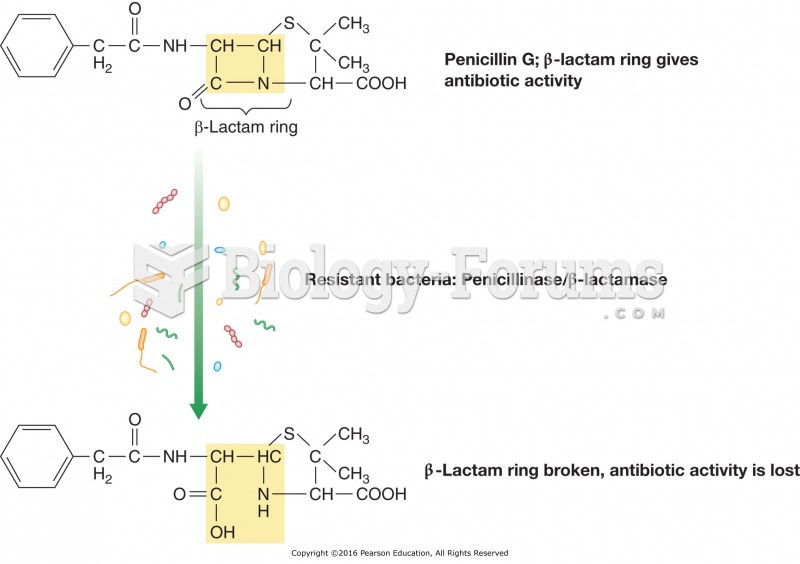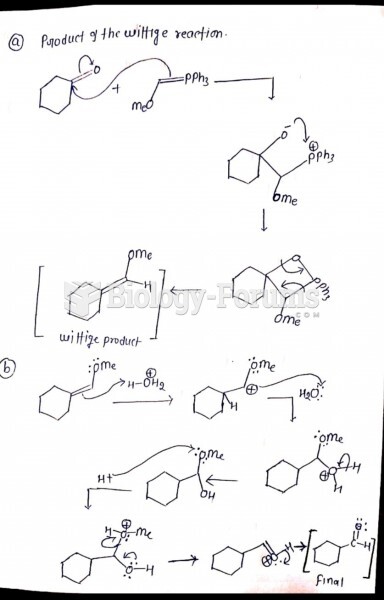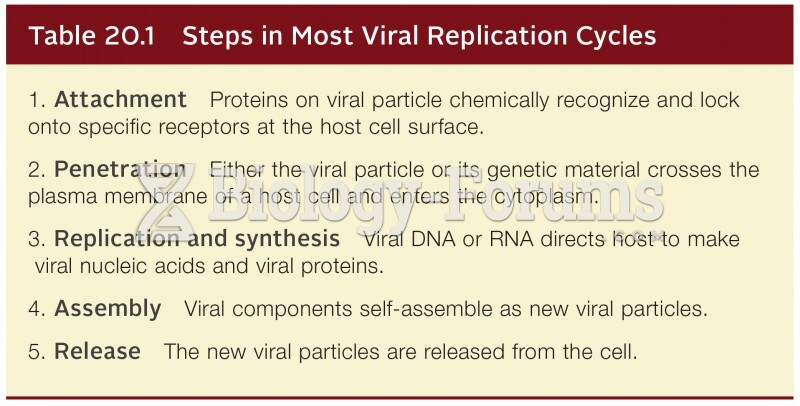Answer to Question 1
The first step in action research is to diagnose the organization. This step requires managers to recognize the existence of a problem that must be solved and acknowledge that some type of change is needed. Diagnosing the organization can be a complex process because managers must distinguish between symptoms and causes.
The second step is to determine the desired future state. This step requires managers to develop various alternative courses of action that could move the organization to where they would like it to be, to select one course of action, and to determine the necessary strategy and structure to support that course of action.
The third step is to implement the action. This step requires that managers identify possible obstacles to change and how to overcome these obstacles, determine who will be responsible for managing the change process, and select which specific change strategy will more effectively promote organizational change.
The fourth step is to evaluate the action. This step requires evaluating the change process to assess the degree to which changes have accomplished their intended objectives. It is best accomplished through the development of measures or criteria that allow managers to assess whether the organization has reached its desired objectives.
The fifth step is to institutionalize action research. This step requires making it a norm or required habit adopted by every member of the organization. Tangible rewards are one way of helping refreeze the organization in its new state and motivating people to learn and sustain desired organizational behaviors.
Answer to Question 2
Answer: A







